It’s curious to consider what a venerable old thing noise music is. That this most singularly untameable of musics – the place where melody, harmony and pulse all go to die – is an Edwardian invention. It first arrived in this country 110 years ago when futurists Filippo Marinetti and Luigi Russolo set up camp at the London Coliseum a month before the start of the first world war and, over ten consecutive nights, blasted the West End audience with their ‘noise-tuners’ or intonarumori, alongside diverse variety acts.
Already a subscriber? Log in
Subscribe for just $2 a week
Try a month of The Spectator Australia absolutely free and without commitment. Not only that but – if you choose to continue – you’ll pay just $2 a week for your first year.
- Unlimited access to spectator.com.au and app
- The weekly edition on the Spectator Australia app
- Spectator podcasts and newsletters
- Full access to spectator.co.uk
Unlock this article
You might disagree with half of it, but you’ll enjoy reading all of it. Try your first month for free, then just $2 a week for the remainder of your first year.


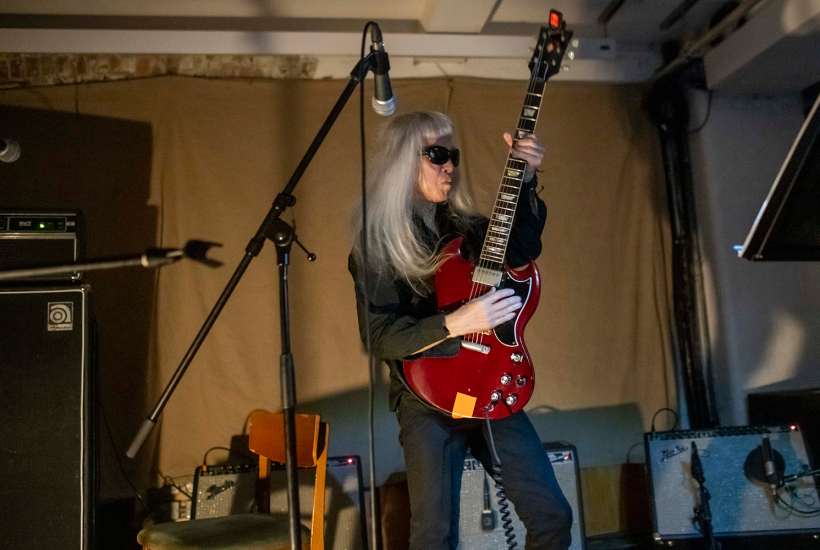
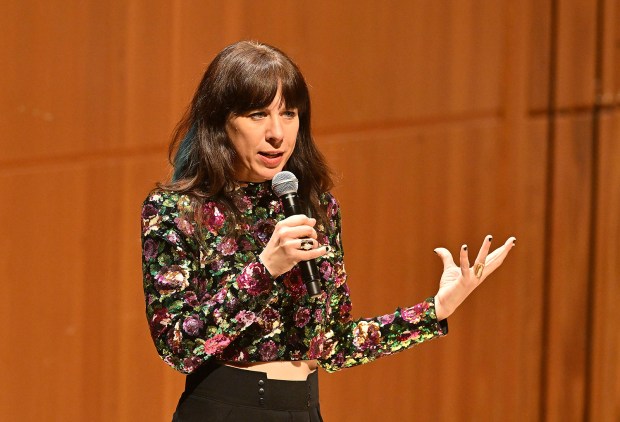
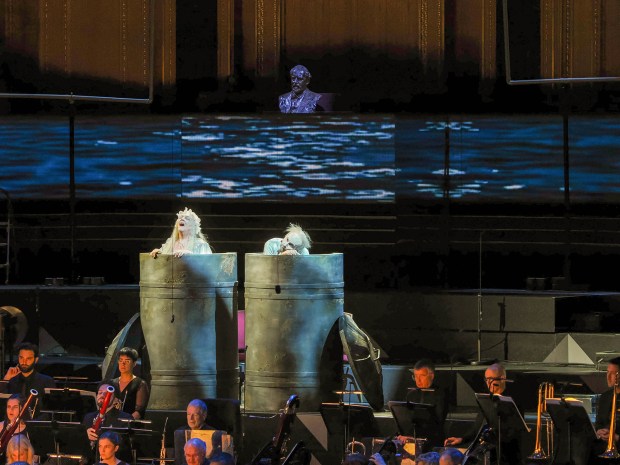
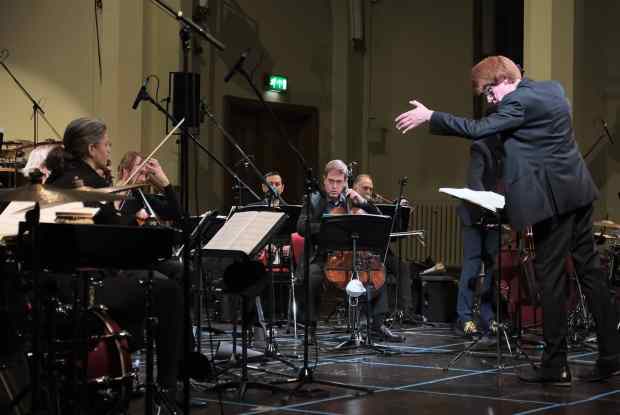
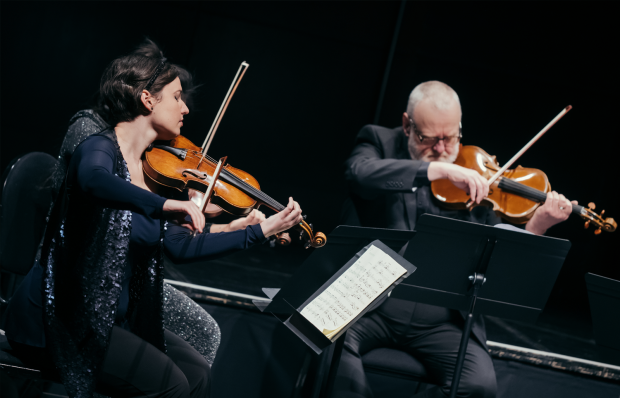
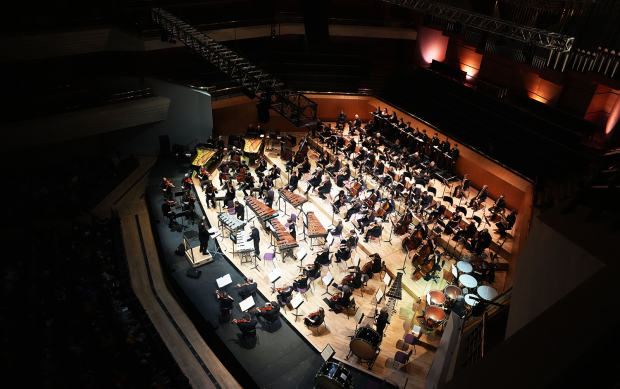
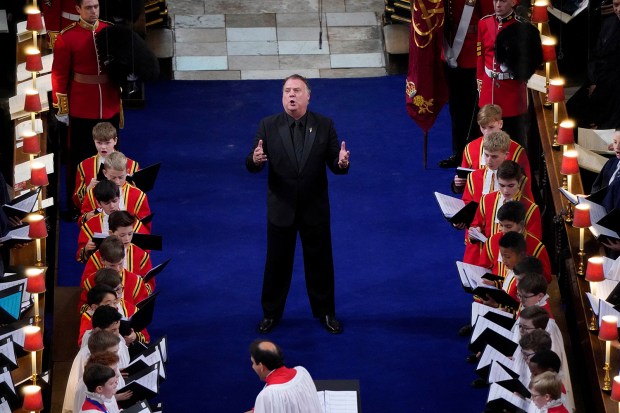






Comments
Don't miss out
Join the conversation with other Spectator Australia readers. Subscribe to leave a comment.
SUBSCRIBEAlready a subscriber? Log in